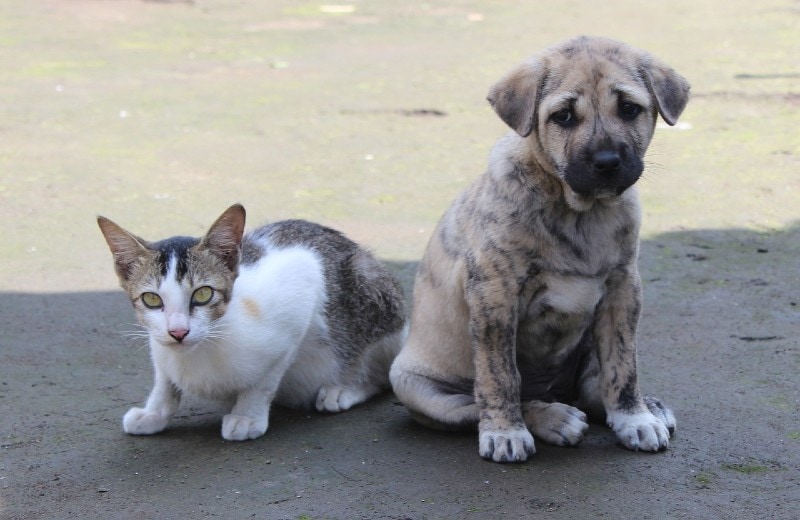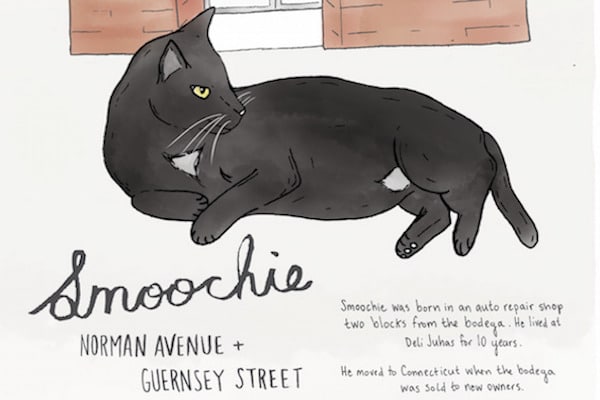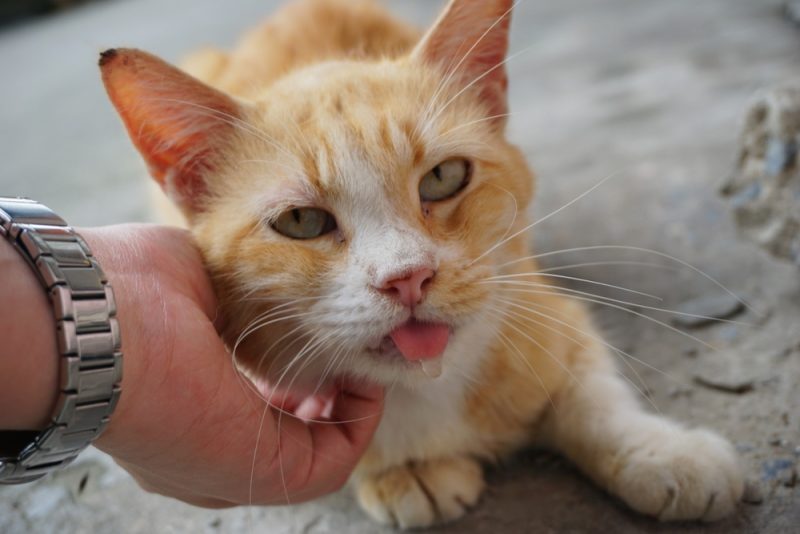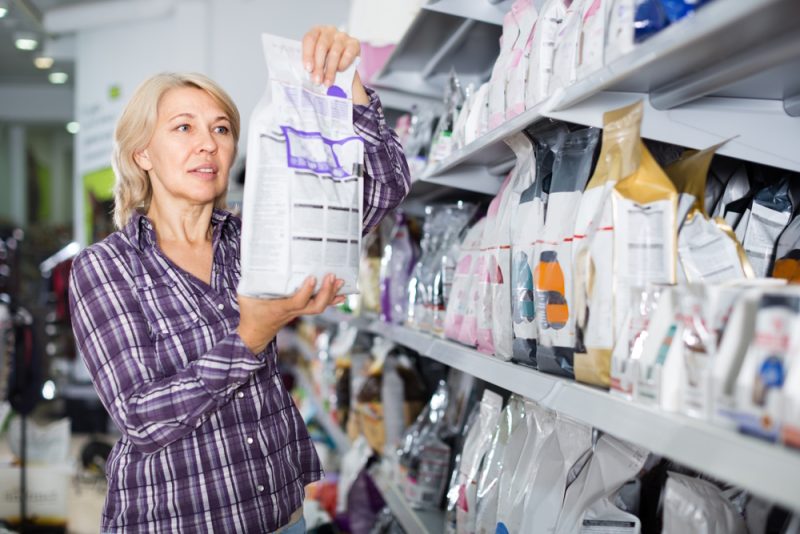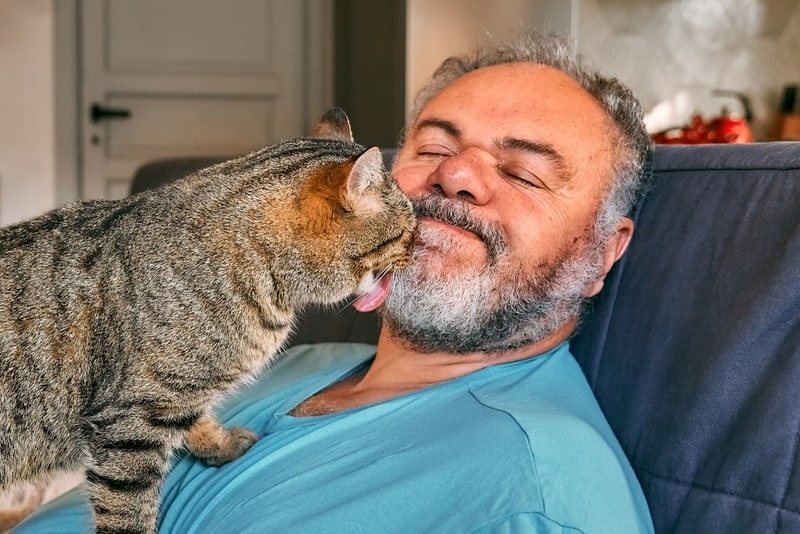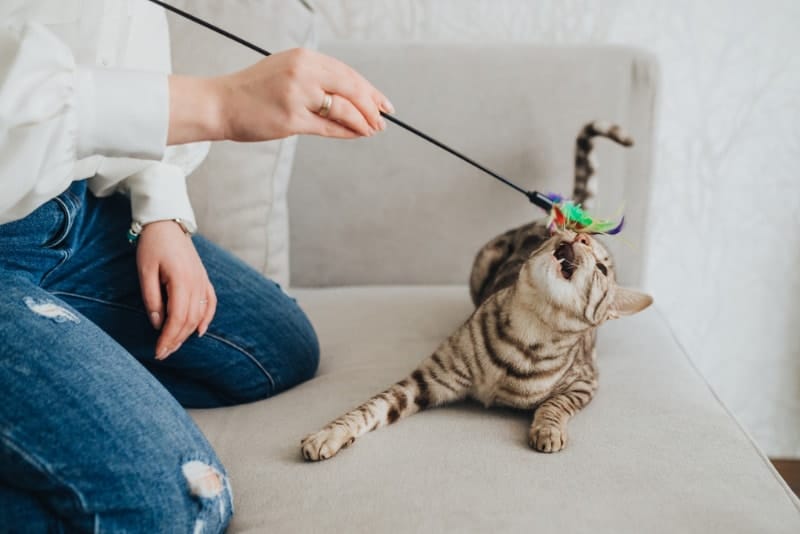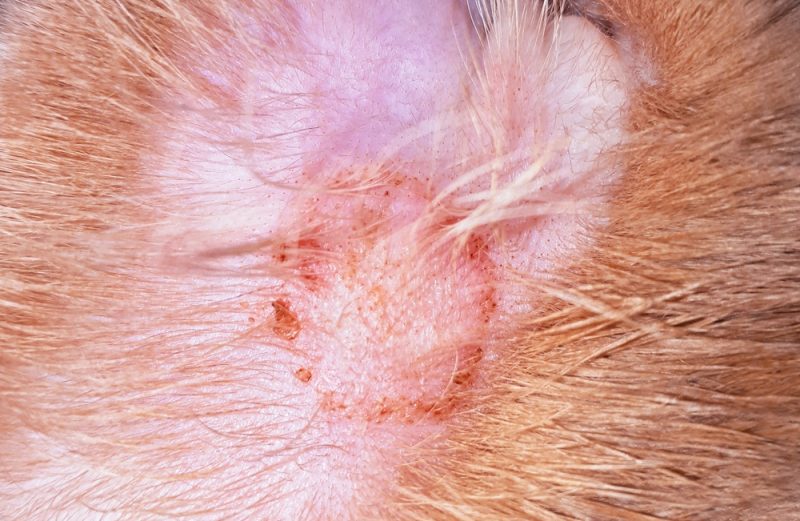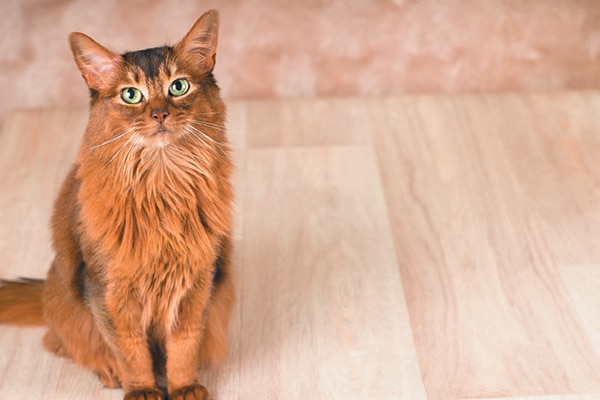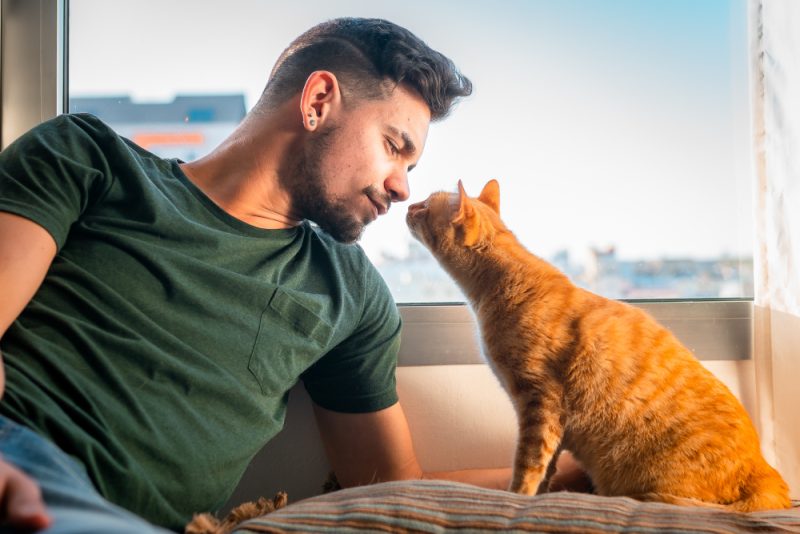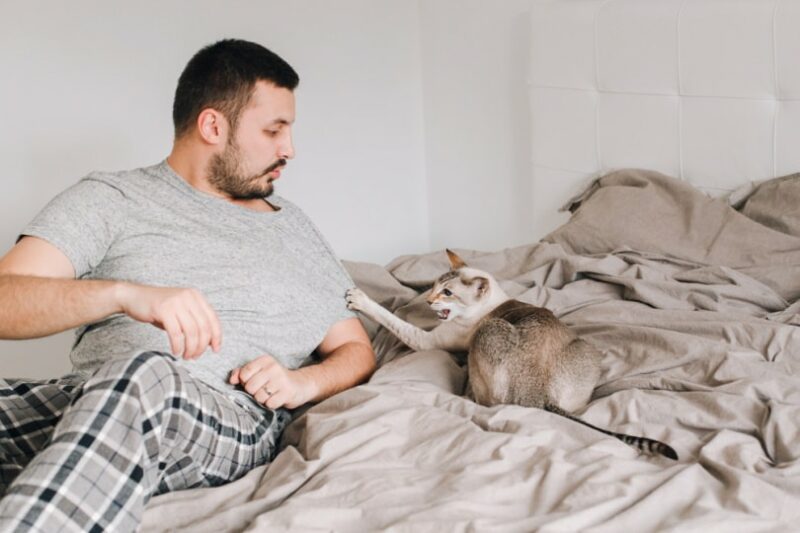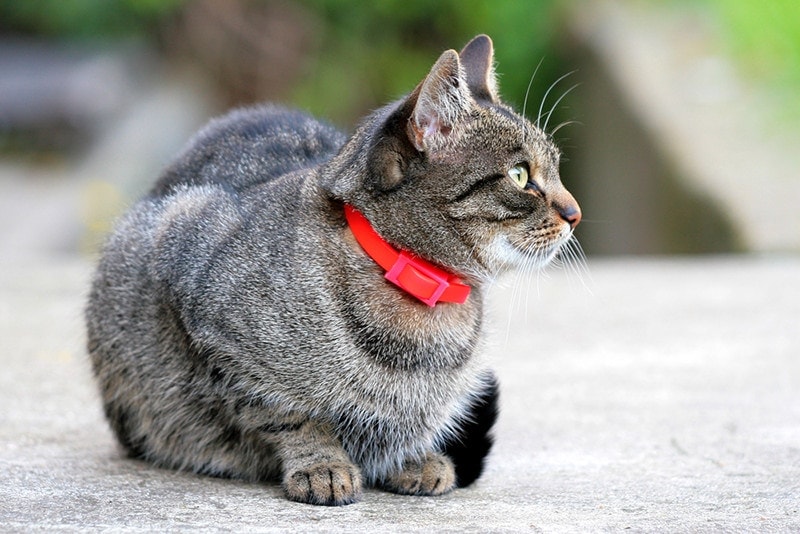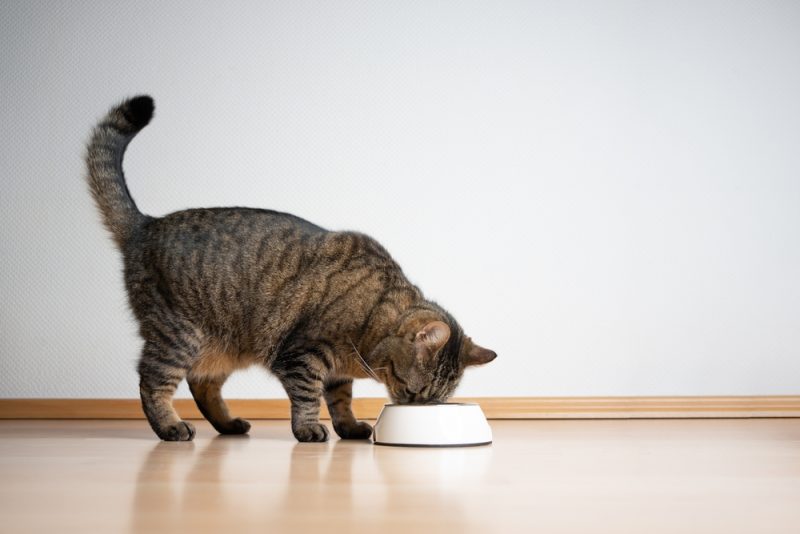If you already have a cat at home but are considering adopting a puppy, you might be wondering if there are any steps you can take to minimize stress for all parties involved. Cats often don’t react well to changes in their routines or environments, and the introduction of a new pet can cause stress in some cats. A careful and gradual introduction is key to ensuring that your cat’s life remains as unaffected as possible.
Fortunately, there are steps you can take to ease the process. Start by keeping your cat and puppy separated until you’re confident they can coexist in the same space. Begin with scent swapping, move on to visual contact, and only proceed to physical contact once neither pet shows signs of discomfort or aggression. Always ensure your cat has a safe place to retreat to when feeling overwhelmed by the puppy.
Finally, give your pets plenty of time to adjust to one another before allowing unsupervised interactions. Read on for 10 tips on how to successfully introduce a puppy to cats.

How to Introduce a Puppy to Cats
1. Keep Your Cat’s Litter Box and Food/Water Bowls in the Same Location
Your cat’s litter box and food set up should remain in the same location as they are currently. Initially, you should limit your dog’s access to these places. Cats often require time to adjust to changes, particularly those involving litter boxes and dining routines, and you don’t want to disrupt their routine in this respect.
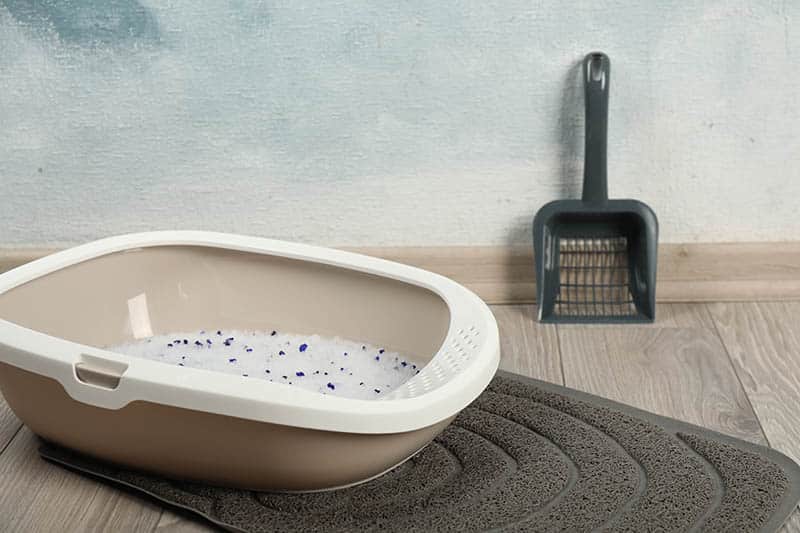
2. Prepare a Cat-Friendly Hideout
Ensure a canine-free space for your cat initially so they’ll have somewhere to go when your new canine companion arrives. Make sure your cat has access to all the essentials in their safe space, including a litter box, food, and water.
You can add a cat tree or shelf to give your pet some vertical space to enjoy. Cat trees and shelves provide ways for cats to lounge far off the ground, which gives cats a sense of comfort and safety. Also, you can add a few toys so your cat can entertain itself without having to leave their room.
3. Hit the Store Ahead of Time
If you’re adopting a new puppy, you’ll probably need to hit the pet store for essentials like food and water bowls, a collar, toys, and a leash! So, consider adding a playpen and treats to your list. After you bring your puppy home, you’ll need to have a way to keep the dog separated from your cat during the introduction process.
A playpen provides a comfortable way for you to temporarily keep your puppy from chasing your cat during those first introductions. At every step during the introduction process, you’ll want to provide positive reinforcement when your two pets interact peacefully.
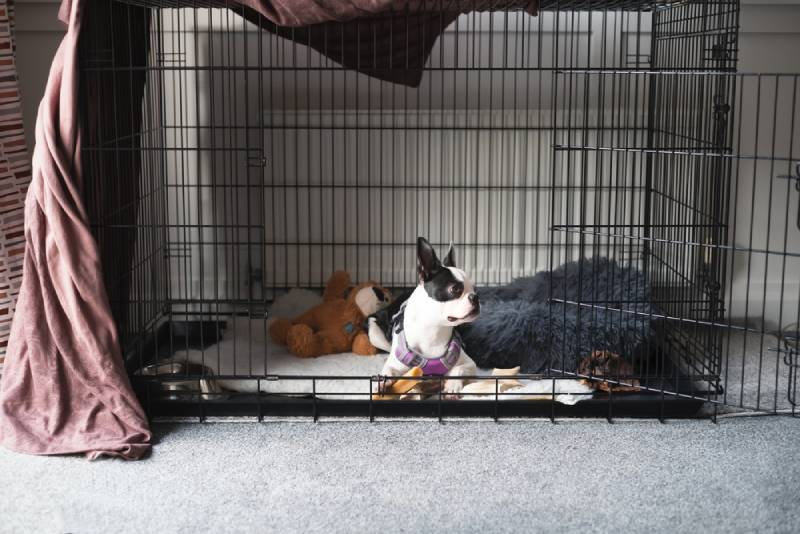
4. Get Started With the Obedience Training
Start teaching your puppy basic commands such as “sit”, “come”, “stay”, “no”, and “off” as soon as possible after your new companion arrives home and settles in. Even leashed puppies who become too excited can scare an already anxious cat, which certainly won’t help your pets get comfortable with each other.
Teaching your puppy basic commands can help you create and maintain an environment comfortable for both of your pets during those initial interactions. It can take some dogs a few weeks to master basic commands.
5. Start With Scent Swapping
Before considering face-to-face introductions, you need to start with scent swapping. Confine your puppy to an area of the house where they have no contact with your cat. Start exchanging items with each other’s scent so that they can gather information about the other housemates. Use items such as a towel or a blanket and do this daily until they seem relaxed about the other’s odor.
Ensure your puppy has a bed to snuggle in and include a few toys in their room. You can give them age-appropriate treats during scent-swapping sessions so your puppy begins to associate tasty goodies with your cat.
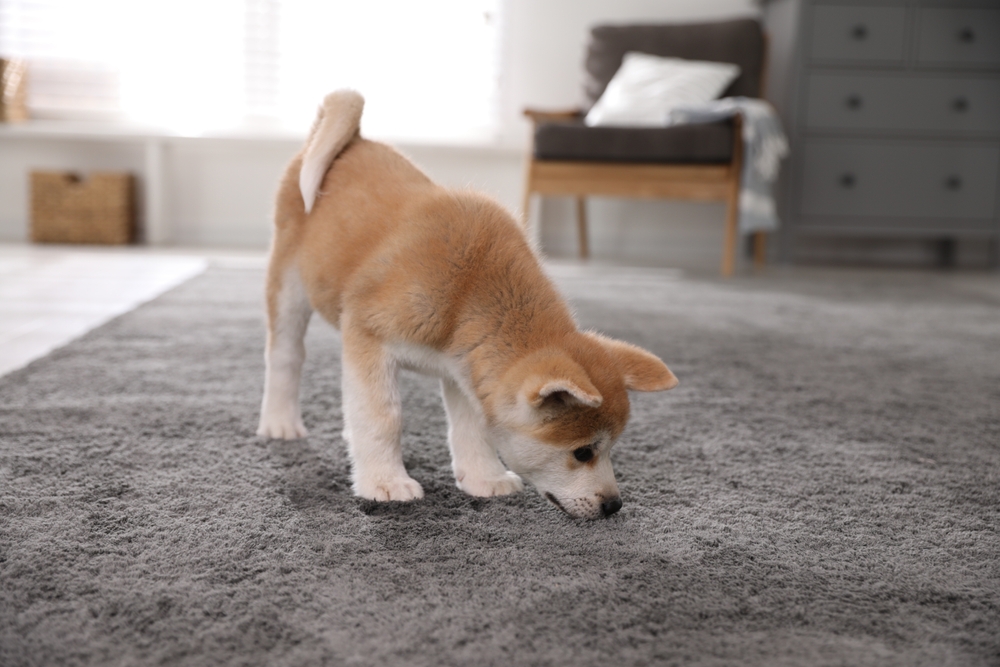
6. Let Them Explore Each Other’s Areas
Once you have exposed your puppy and cat to each others’ scent through objects, it’s time to let them explore each others’ spaces. To do this, briefly close your cat into one room of your house and let your puppy explore the rest of the house. While the puppy is elsewhere, you can also allow your cat into the puppy’s room. Make sure you carefully monitor both animals and keep them fully separate during this process.
7. Allow Visual Contact
Once your pets interact with each other’s scent without incidents, you can move on to allowing visual contact. It’s always best if neither of them is confined or excessively restricted. Using a baby gate can be helpful, since both parties can see each other without feeling too threatened by the other’s presence. Stay close and be prepared to end the session if your cat reacts negatively or your puppy becomes too excited or begins to show too much enthusiasm towards your cat.
Keep the meeting short, and always allow your cat to do the approaching! It’s also best to provide positive reinforcement and treats to both pets when they behave appropriately.
8. Move on to Supervised Physical Contact
When it is time to let your dog and your kitten meet, use a loose leash that you can remove from your dog when they’re calm and relaxed. Stay in the room to supervise and step in immediately if things get out of hand.
Make sure your cat can quickly get to their safe room from where you do the introductions. Some dogs and cats zip right through this stage, and other pairs take a bit of time. Dogs with strong herding and hunting instincts sometimes need time to master appropriate behavior around cats.
9. Allow Unsupervised Contact if Appropriate
Determine whether your pets are ready for unsupervised contact. Some cats and dogs become best friends and rely intensely on each other for companionship. Others simply co-exist in the same space but largely ignore each other. Only leave your pets together without supervision if you’re comfortable that all parties will be safe while you’re away.
If your pets’ interactions are too heated for comfort, and things do not seem to be moving in the right direction, consider bringing in a veterinary behavioral specialist to give you a hand. A few tweaks can often improve the situation and lower your pets’ stress levels.
If you need to speak with a vet but can't get to one, head over to PangoVet. It's an online service where you can talk to a vet online and get the advice you need for your pet — all at an affordable price!

10. Be Aware of Hissing, Growling, and Tail Thwacking
It’s normal for pets to be anxious when being introduced to another animal, and you can look out for any signs of fear or aggression in your cat, such as hissing or tail thwacking. There’s generally nothing to worry about as long as your cat does not move toward your puppy or show aggression. But do not force things! If your cat takes one look at your dog, lets out a hiss, and walks away, consider it a win and get ready to try again another day!

Conclusion
Having a dog and a cat works out well for many families. Some cats become deeply attached to long-time canine family members, usually if they have been socialized with dogs during their early days. Cats can be particular about their space and routines, and many don’t respond well to changes, like the introduction of a new puppy. But your cat and puppy can get along just fine with each other, especially if you give your cat a safe place to hide when feeling overwhelmed and introduce the pair slowly!
Featured Image Credit: rohitink, Pixabay
